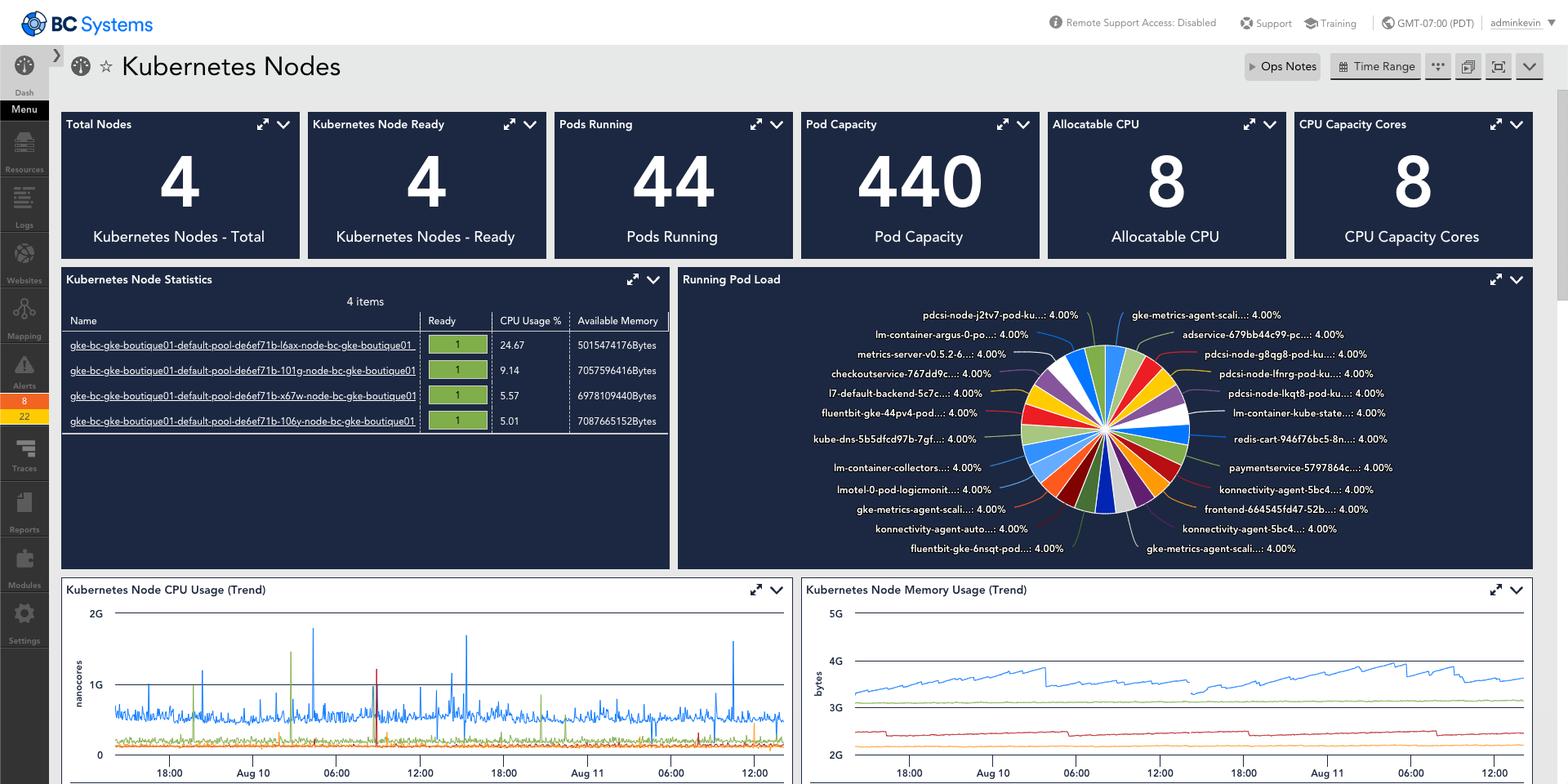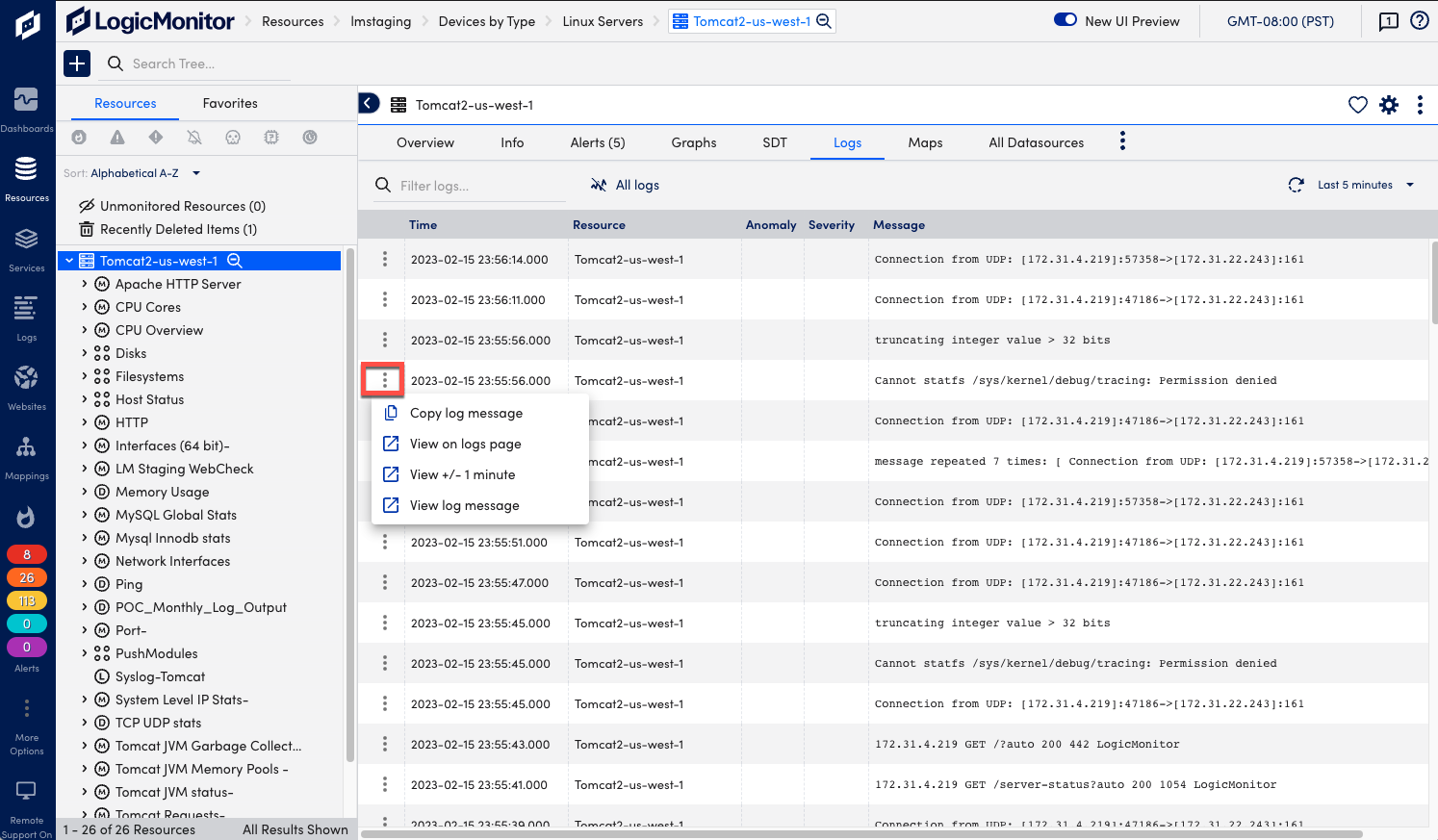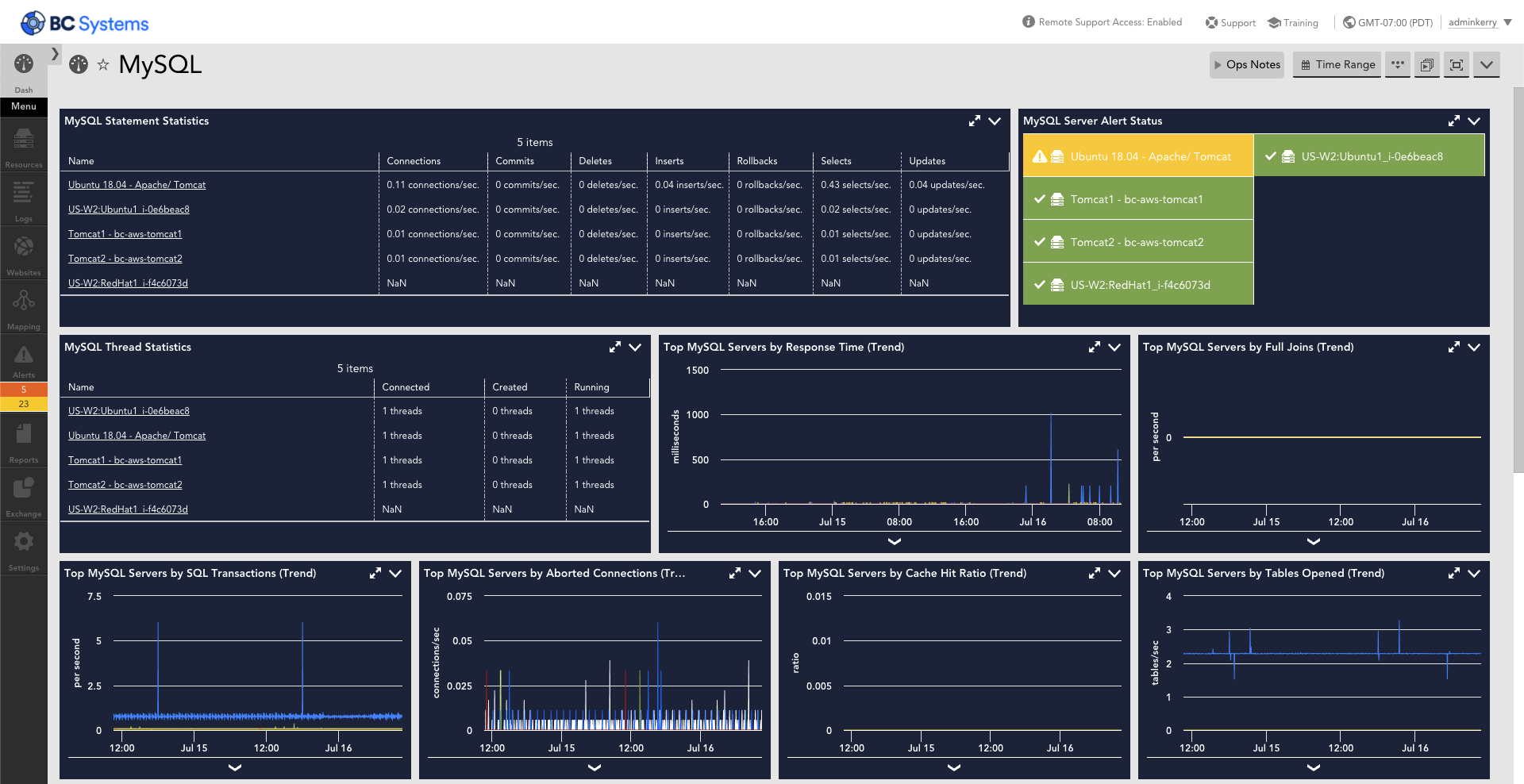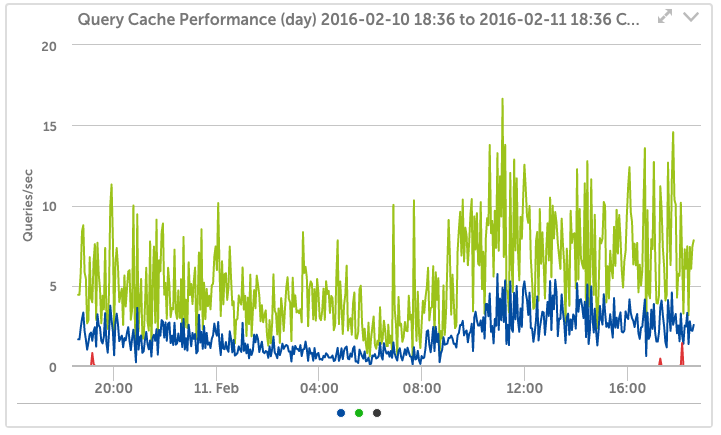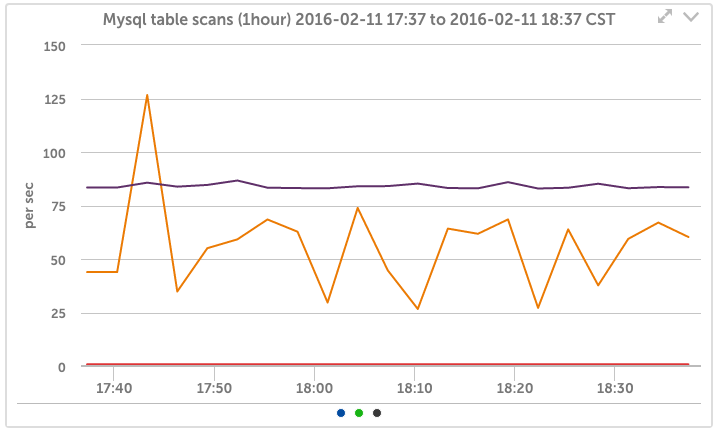MySQL
Harness the power of insights, automation, and proactive alerting to ensure your MySQL instances are operating at their peak, around the clock. As MySQL databases handle upwards of thousands of queries per second for business-critical or customer-facing applications, it is imperative to have a proactive MySQL monitoring strategy in place.



